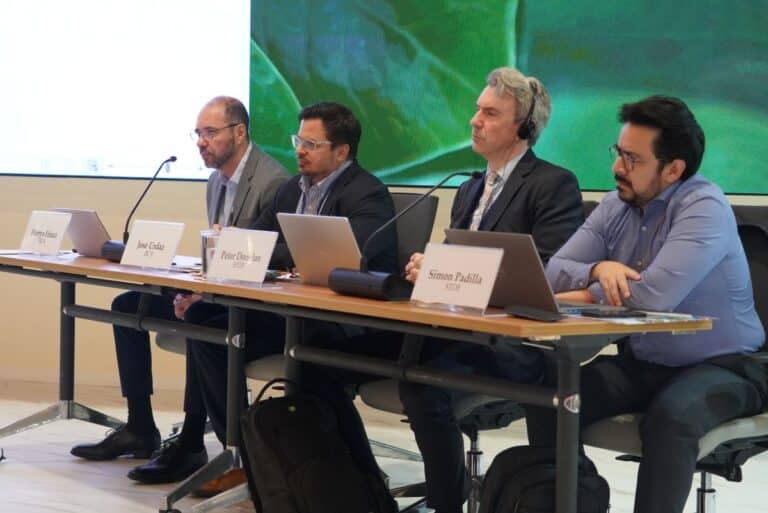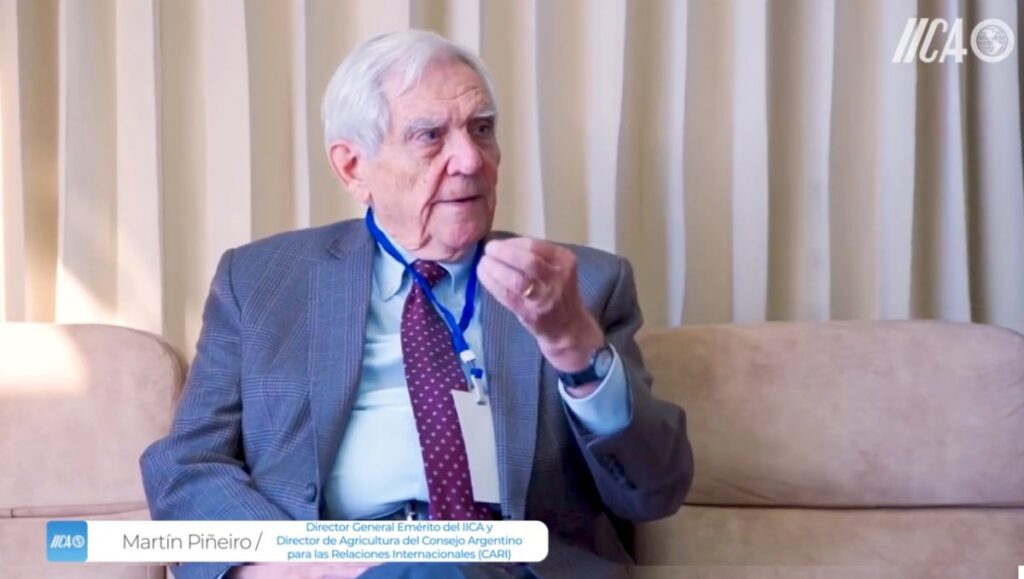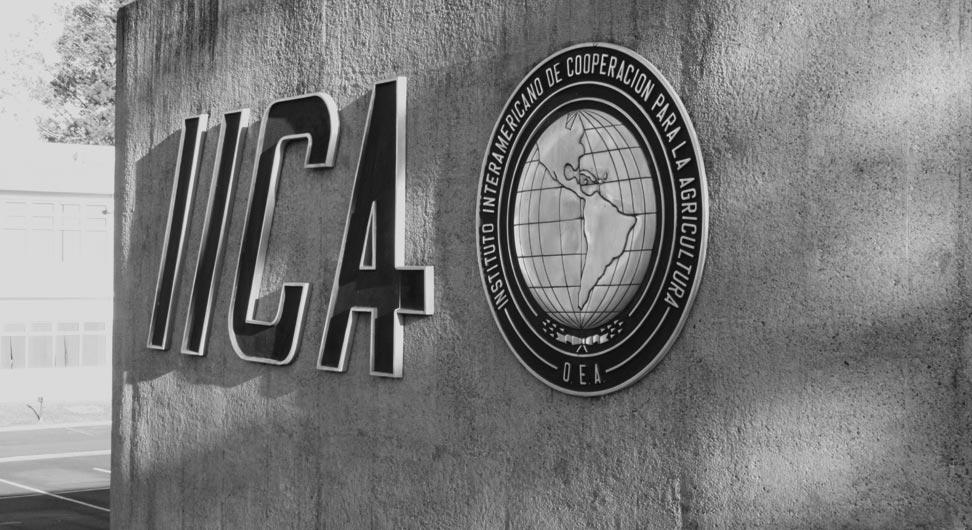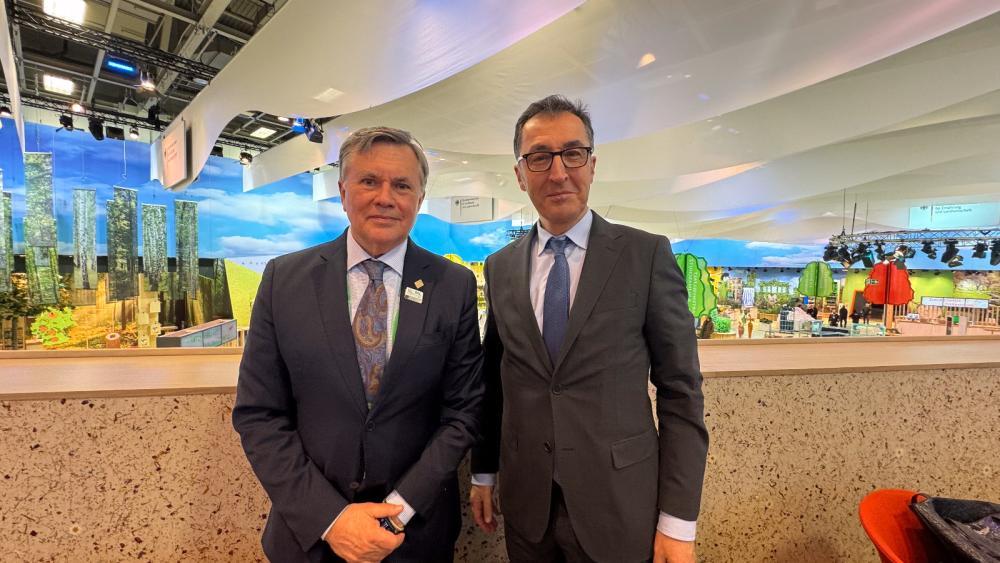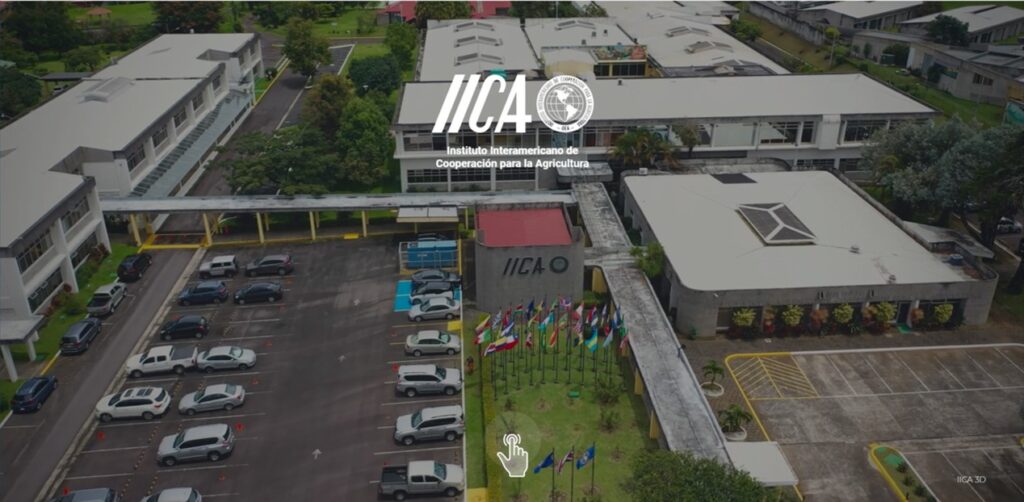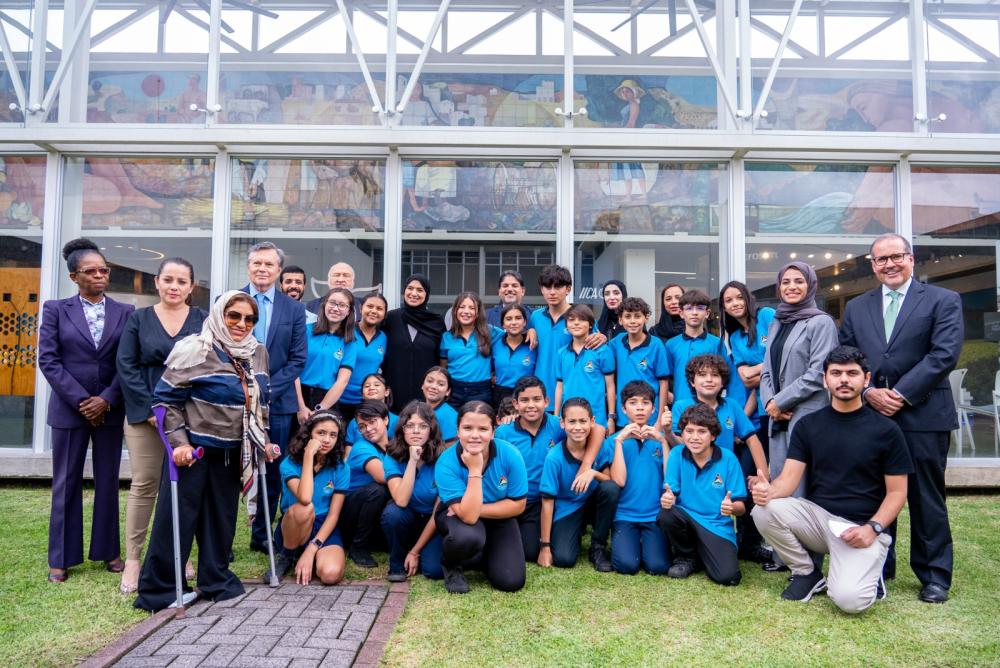Conclusions of the Dialogue for agricultural policies in the Americas: In light of the post 2015 development agenda.

Washington. China is facing a lot of challenges, trying to transform its economic growth model in the midst of increasing macroeconomic uncertainty. The intention to change the fundamental structure of the economy, especially in agriculture, is constraint by multiple considerations that the Chinese have.
Among the most important are, first, to ensure food security, which usually means remaining close to self-sufficiency in staple foods; second, to narrow the income gap between urban and rural households, inequality, and possible social instability, which are a major concerns of Chinese officials and guide policy changes; and thirdly, to insulate the economy from global price fluctuations. Chinese authorities are very concerned about price fluctuations in global markets and worry about these fluctuations being transmitted to the domestic market.
In a process of gradual liberalization, China has launched a major campaign to change the agricultural growth model, to move away from the small scale production model to a larger scale and commercial oriented production model, with more attention to environmental impacts.
Even though China is becoming a market oriented economy, it still has a lot of institutional arrangements that remain from the central planning period, like farmland being collectively owned by villages, which is a hurtle for agricultural policy reform.
Policy changes in China come after a period of measures to support prices that led agricultural domestic prices to be much higher than world prices. This has caused a lot of conflict, forcing Chinese officials to implement a major overhaul of agricultural support programs. China is now trying to move from subsides, that consist of general income transfers to farmers, to a program that is more efficient, and motivates farmers to produce and boost their incomes.
These reforms are of high relevance to Latin American countries since China is the largest producer and consumer of most agricultural commodities, and in the last 10 years, has also emerged as the large importer of agricultural commodities. Especially important for the region is that China accounts for more than 60% of world soy imports. These are some of the reflections that Dr. Fred Gale, Senior Economist, China team, from the USDA Economic Research Service, made during the seventh of a series of seminars on the Dialogue for Agricultural Policies in the Americas in light of the post -2015 development agenda.
Dr. Gale’s presentation was followed by comments by Ron Bonnett, President of the Canadian Federation of Agriculture, Margaret Myers, Director, China and Latin America Program, Inter-American Dialogue, Ivan Wedekin, Former Secretary of Agricultural Policy, Ministry of Agriculture of Brazil, Rodrigo Contreras Álvarez, Chief, Department of International Affairs, Office of Studies and Agricultural Policies (Odepa), Ministry of Agriculture, Chile and Marco Vinicio Ruiz, Ex-Ambassador of Costa Rica in China, Ex-Minister of Foreign Trade of Costa Rica.
For more information contact:



